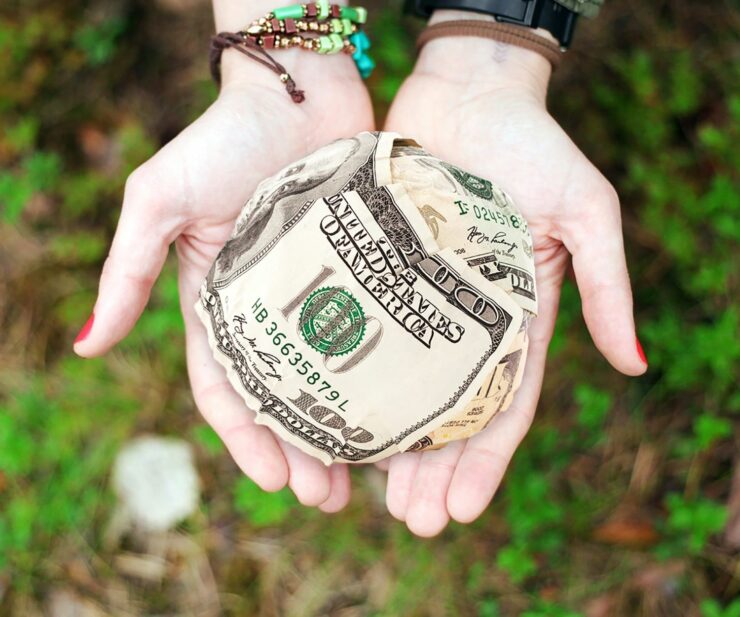Kennisbank
Scriptie: Vrienden in voor- en tegenspoed: De revival van vriendenkringen van culturele instellingen

Ever since the Dutch government announced huge cutbacks in the cultural sector in 2011, cultural organizations have been looking into ways of becoming more self-sufficient. Private donations will have to be become an important factor in the process of becoming less dependent on the government. One group of people that has regained particular interest of cultural organizations, are the ‘friends’ or ‘members’. Many organizations have had friendship programs for years; others have just started to develop them. Conventionally, these programs consist of a group of people who
contribute small donations and receive certain benefits in return. Lots of experts and fundraisers are now saying that these friends could have an important role in the future. For instance, they could be stimulated to give money more in a later stadium. This system is called the pyramid of giving and is discussed elaborately in this study. Friends could also serve as a means of showing support. By having lots of friends, cultural organizations can show that they are embedded in a society. It makes a good case for support when governments threaten with more cutbacks. In this study I discuss the potential that friends of cultural organizations have. I start by giving an overview of the history of friendship programs, discussing their role at the end of the nineteenth century up until now. I then move on to
providing an overview of voluntary giving in the Netherlands and discussing relevant theories in the context of giving. I use theories by Howard Becker, Aafke Komter and René Bekkers and Pamela Wiepking. To illustrate the characteristics of different friendship programs, I included three case studies. The programs of the Stedelijk Museum, Het Gelders Orkest and Museum het Valkhof are elaborately discussed and analyzed. I conclude my study by giving an idea of what the future of friendship programs could look like and how they can become more beneficent for the cultural organizations.
Onderwerpen: geven aan culturele instellingen 1800-1900 1900-2000 2000-2020 donateurskring museumwereld muziekwereld
Auteur: Emma Johnson MA

